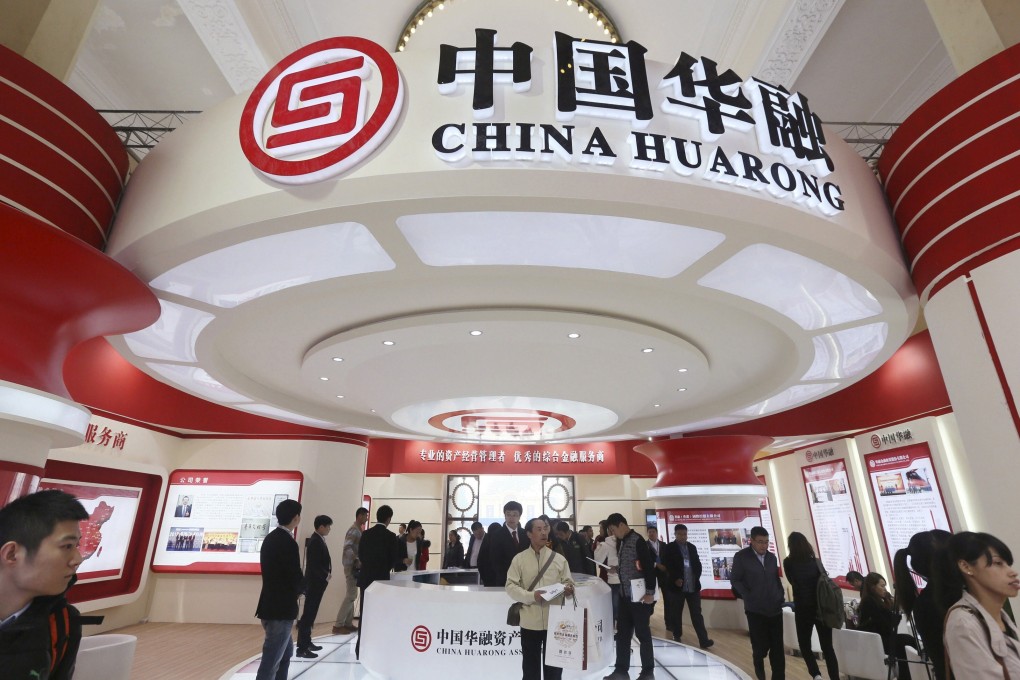Opinion | Huarong corruption scandal underscores governance failures at China’s financial institutions
- Former China Huarong Asset Management chairman Lai Xiaomin pleaded guilty to taking 1.8 billion yuan (US$259 million) in bribes between 2008 and 2018
- The corruption case is unlikely to be the last for institutions that do not have proper internal governance, external oversight and a mechanism of checks and balances

The details of the massive financial corruption by Lai Xiaomin, the former chairman of a major state-owned asset management company, are truly jaw-dropping even by Chinese standards.
Lai was found to have hidden away around 270 million yuan (US$39 million) of cash in a flat, which he nicknamed “the supermarket”.
But the stacks of 100 yuan notes were only part of Lai’s ill-gotten gains. He also received gifts of “a large number” of luxury vehicles, properties, gold items and pieces of art. Lai was also convicted of bigamy as he lived with a number of women and fathered two illegitimate children.
Lai said there was no oversight of his activities and that he could do whatever he wanted
Supporting Lai’s decadent lifestyle were massive corporate governance defects at Huarong. It was created in 1999 as a vehicle to take over non-performing loans transferred from China’s biggest commercial banks before they went public. It is owned by the Ministry of Finance, but the real power rested with its management, headed by Lai.
